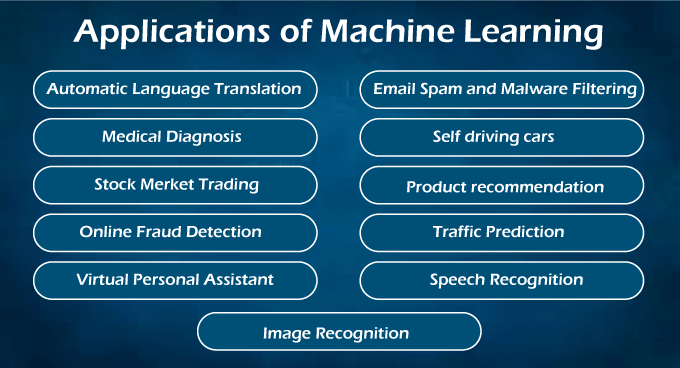What is Machine Learning

July 12, 2021 | 320 Views
The future of tech, today.

July 12, 2021 | 320 Views
Machine Learning is widely being used in approximately every sector, including healthcare, marketing, finance, infrastructure, automation, etc. There are some important real-world examples of machine learning, which are as follows:
